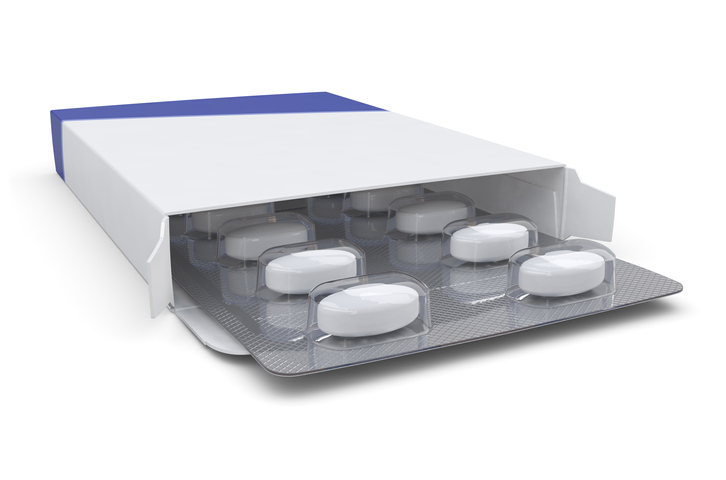Pain
What Is a Cluster Headache?

Cluster headaches are extremely painful primary headaches that occur in cyclical patterns, known as cluster periods. They are often more intense than migraine headaches. A cluster headache typically lasts from 30 to 90 minutes with the most intense pain occurring five to 10 minutes after the start of the attack. They usually occur at the same time every day (sometimes several times per day) during a cluster period, which can last from weeks to months. Cluster periods may occur during the same time each year and are usually followed by periods of remission (pain-free periods). Periods of remission range from months to years.
Symptoms
The distinguishing symptom of a cluster headache is sudden, severe head pain. The headache usually occurs two to three hours after falling asleep but can occur at any time. The pain typically starts in the area around one eye, then may spread to the forehead, temple, nose, cheek, or jaw on that side of the face and neck. In rare cases, the pain may switch sides. The pain is excruciating, stabbing, sharp, and piercing; it may feel as if the eye is being “pushed out.”
Cluster headaches can also cause additional symptoms. These symptoms include, but are not limited to, the following:
- Restlessness
- Severe emotional distress
Symptoms on the affected side of the head include the following:
- Excessive tearing
- Redness of the eye
- Stuffy or runny nose
- Forehead or facial sweating
- Pale skin or appearing flushed
- Swelling around the eye
- Droopy eyelid
- Constriction of the pupil
- Scalp or facial tenderness
Causes
The exact cause of cluster headaches is not known. One theory suggests the involvement of hypothalamus, which controls the body’s circadian rhythms. Another theory suggests that they are related to the body’s release of histamine (the chemical released in response to an allergic reaction) or serotonin (a neurotransmitter) in the area of the trigeminal nerve.
Possible triggers
- Alcohol use
- Smoking
- Heat, including from weather or bathing
- High altitudes
- Physical exertion
- Bright light
- Foods high in nitrates
- Medications, such as nitroglycerin
- Cocaine use
Risk factors
Risk factors for developing cluster headaches include the following:
- Male
- Between the ages of 20 and 50 years of age
- Previous head trauma or surgery
- Smoking and alcohol use
- Family history of cluster headaches





